A journey through the kingdom of material
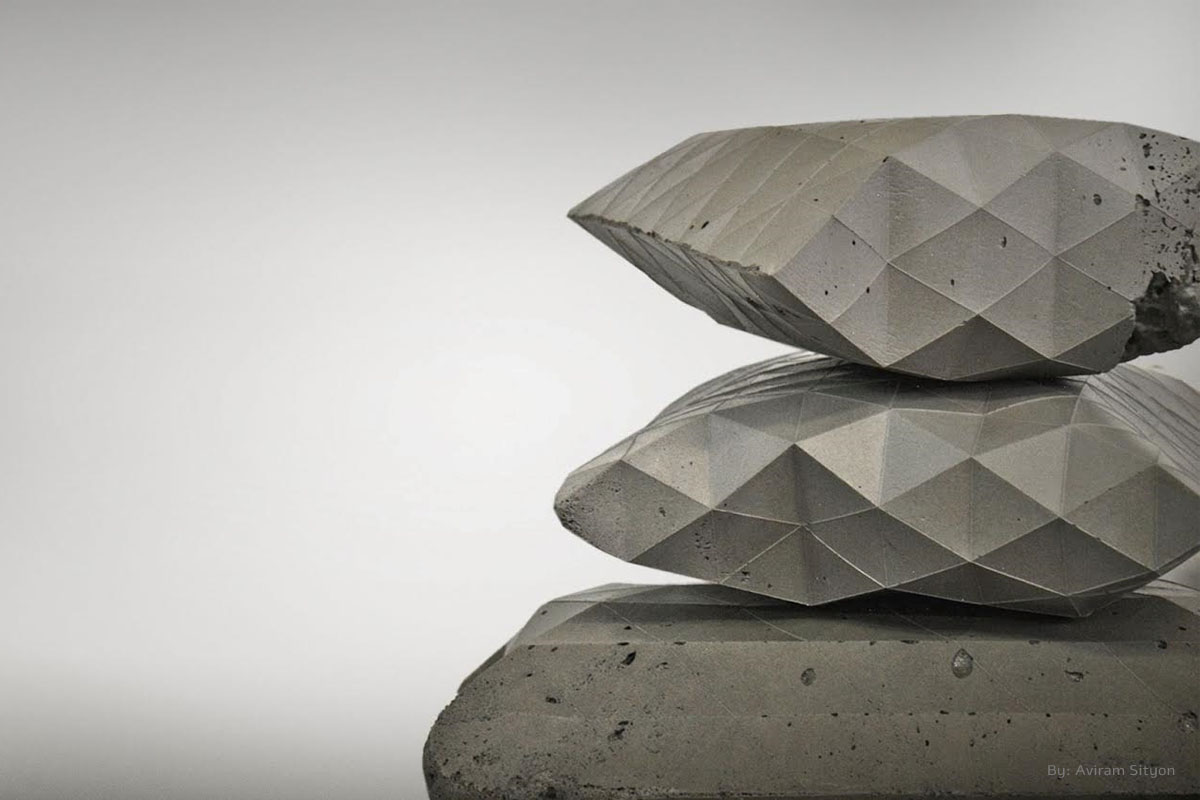
Finally, the moment has arrived my friends! Our monthly tradition continues so you better lay back and enjoy the ride 🙂
This time I dared to write about one of the topics that you have asked me to talk about many times before. Yep, I’m referring to that time you requested to know all about materials and how to choose them in the first place!
Just so you know, it’s a very difficult subject to talk about due to all of its different aspects and categories, and especially since several things make up together the whole – the realm of materials.
Due to the importance of the material in the design industry and in other fields as well, one post was not enough to explain the gravity of the matter (pawn intended J) so I took it upon myself to break it down into a fun and unique mega-post made out of 3 different parts in sequels.
So what`s waiting for us? First, we’ll talk a little bit about the importance of choosing the correct material for the design world. Then, I`ll reveal some of the materials we work with in my studio and share some personal experiences about the gap between ideas and making them a reality when involving material selection. Last, but not least for my festive mega-post, I’ll introduce you to some unusual materials that you can only imagine in real life. Shall we begin?
Feeling the material –
As I said earlier, the matter is one of the pillars of the design world and an entire realm in itself. Whether in physics, mathematics, engineering or design, the material is actually the beginning of everything – it`s a fundamental ingredient.
Materials affects all our five senses. They are the essence, giving a distinct character, a component of the whole world which enriches all our sensory experience. At all levels and in all fields, the world is made up of many different materials, shapes and various colors. They can be processed naturally or by man which in turn will determine the final products feel.
What do I mean by that?
We feel the rough texture of the sand between our fingers, smell the scent of baking bread, and feel the cold of concrete. Even the different sounds we hear come from materials as well: the rustling of leaves, plucking the strings of a guitar and many other diverse examples that this wonderful world has to offer.
How does it affect my work? It affects the feeling transmitted through my product. Whether it’s luxury, warmth / cold, closeness / detachment, innovation or outdatedness.
The feeling that the product would give out can be determined by color, texture and even the psychological perception towards the material we’ll use. For example, cold and metallic materials will exude strength in comparison to the softness and warmth of a fabric.
All this talk about touching and feeling got me thinking… it just drives me crazy that during exhibitions you can`t touch and feel the exhibits. As a designer I feel trapped this way, for me it’s terrible. Touching makes you want to close your eyes and drift away, it activates the brain cells and causes you to think. I wish someone would take the reins on this matter and produce a new concept for exhibitions in which you can touch everything!
What do I especially like to touch, you ask? Wood, of course!
Wood excites me, and it`s a good example because it activates almost all our senses while simultaneously affecting our psychological perception. You can smell it, feel it, see the texture of it and in our perception it will always feel warm and pleasant.
Due to all of the great features of wood as a raw material, it`s commonly used in many Anthroposophical education institutions which require working with natural materials that convey warmth versus the coldness and distance transmitted by plastic material. (I know it sounds difficult, but try to close your eyes and use all the other senses without the usual conceptions, try to enjoy the material only by touch and see how it makes you feel)
There is no doubt that materials affects us all, yet the feeling is always individual and personal to each and every one of us.
I’d love to hear from you examples for materials and the emotions they invoke in you. So whether by p.m. or right here as a comment, don`t be shy and share your thoughts so we can all be filled with inspiration and learning.
The material and the designer-
In the world of design, as in life itself, there are many kinds of people and many kinds of designers, each with their own style and technique. This also applies to how each designer chooses to work with his materials, so let’s see some examples:
– Designers who connect to an existing material and experiment trough manipulations to discover new features or applications, which eventually create the product. For example, there are designers who work only with wood. To create new products, they explore the raw materials with which they work and perform experiments such as burning, flooding, filing or cutting. In the process they create a new product which wasn’t planned in advance but was born spontaneously as a result of exploring the material.
Even in our studio projects can be born trough this approach. For example, one of the projects we were lucky enough to work on was Tree Shaping, which was all about playing with the trees` natural features and abilities.
– Designers who produce new materials and from their properties and the feeling they convey, they design products in which the material plays a central role. This kind of designers mainly researches and invents materials that are non-existent in the mainstream of the design world and the outcome of the final product relies on the unique material itself, which creates Innovative and wonderful products.
A fine example of this is the project of Roy Yahalomi, who works with basalt stones.
– Other designers revive ancient techniques and give their products a new meaning with new functions that are not necessarily directly related to their previous use, or alternatively add a fresh and modern look to the product. An example of this was seen on the latest exhibition I visited. The exhibition was by Jaime Hayon and it’s an excellent example of a designer conveying a message through the materials he uses. Jaime talks about luxury design, the use of ancient materials and technologies and the integration of them in his new and innovative design. He always uses materials such as gold, crystal, textiles and ceramics, but never uses polymers (plastics) or laser cuts, etc.
Interested in seeing what else was in the exhibition? Then take a look:
http://www.dmh.org.il/heb/exhibition/exhibition.aspx?pid=38&catId=-1
The importance of material choosing-
When we are faced with the task of designing, we need to give our product a shape and contour which are affected not only by the needs and wishes of the customer and the overall look of the product, but also the by the material that is chosen for the product.
What does that mean? If you want to create a product with curved lines, you will find that there are materials that don`t fit the task since it`s impossible to give them the curvy wanted shape. In addition, all materials have their own aesthetic features and character which are also a crucial part of the material selection.
A good example is hospital equipment-it has to look good even after a long time of use, there is a priority for bright colors that will convey a sense of cleanliness and let’s not forget the benefit of synthetic materials for strength and durability. With all this said, you probably won`t find a doctor who isn`t using medical equipment made out of stainless steel and metals such as aluminum which are corrosion resistant or various polymers with the required durability and aesthetics.
Sounds a little complicated? Wait, there`s even more!
The material we as designers choose for a specific product is also derived directly from the final price of the product (you probably won`t use diamonds in a product that it`s final cost should fit everyone’s pocket).
So after verifying that the material we have chosen fits the shape of the product, target audience, it`s role and final price, can you start producing?
The answer is – no!
Even at the manufacturing stage, the material is very influential. Every product and every material has a different manufacturing technology that can limit us when choosing our products` material. The best example is the difficulties in production by means of 3d printing. With this method there are many advantages, for example: the possibility to create a product in one piece without the need for assembly, creating complex products which man hand finds difficult to model, etc. But on the other hand, there are materials that can`t be used in 3d printing (at least for now …) such as carbon fibers and other composite materials. So if you were planning a 3d printed drone, I will have to disappoint you 🙂
Of course there is much more to say about the gap between our ideas and making it a reality, so if you bear with me I’ll expand on the subject the next time we meet…
In conclusion,
There is no doubt at all that the material is one of the most important issues in design. It can put us through difficulties and limitations and can open up new worlds, all we have to do is take all parameters into account and let them lead us through the grueling journey of manufacturing the perfect product.
Let’s not forget that this is only the first part of our journey through the labyrinth of the material realm, on the next chapter I’ll tell you how we in the studio are faced with and create great products because and in spite of the material limitations in real life.
In the meantime, you are welcome to take peek in some of our products and the materials from which they are made of: https://www.studio-rdd.com/shop

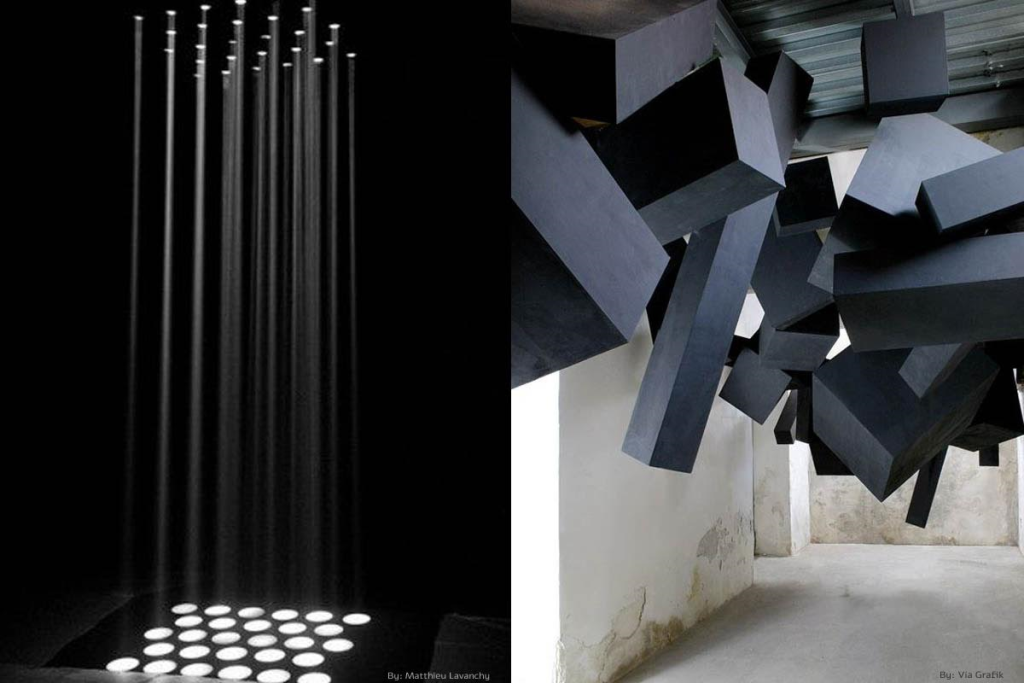

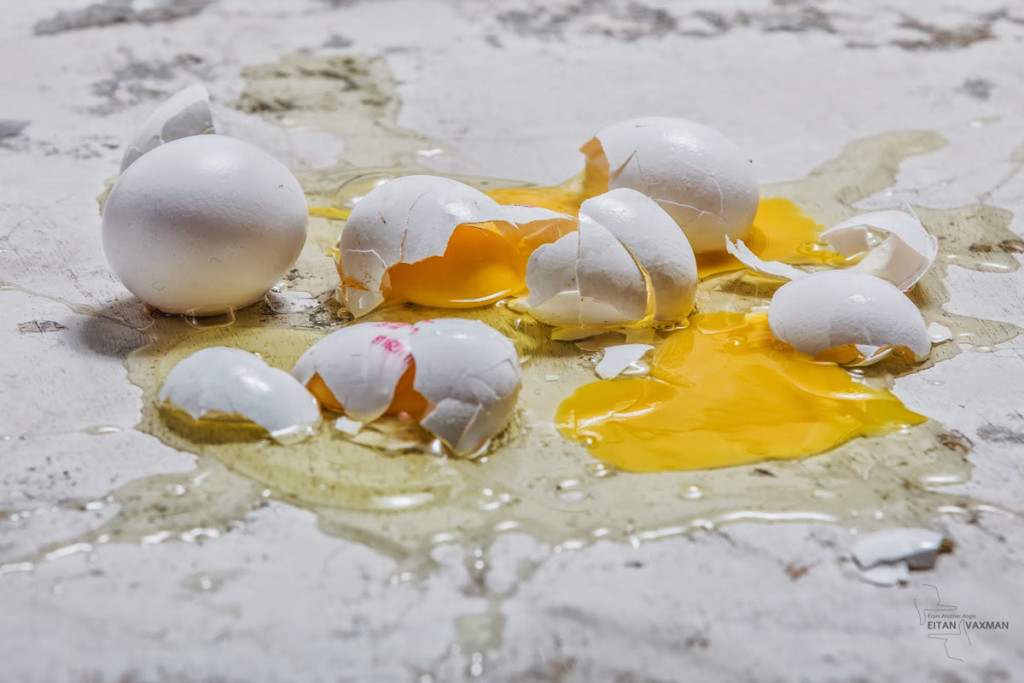
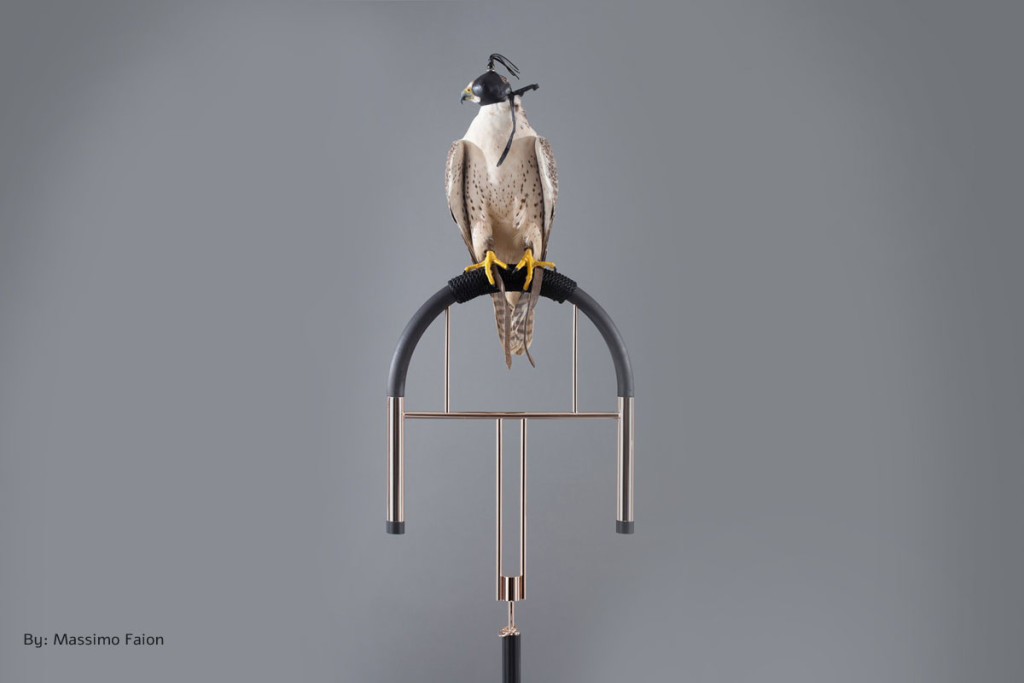
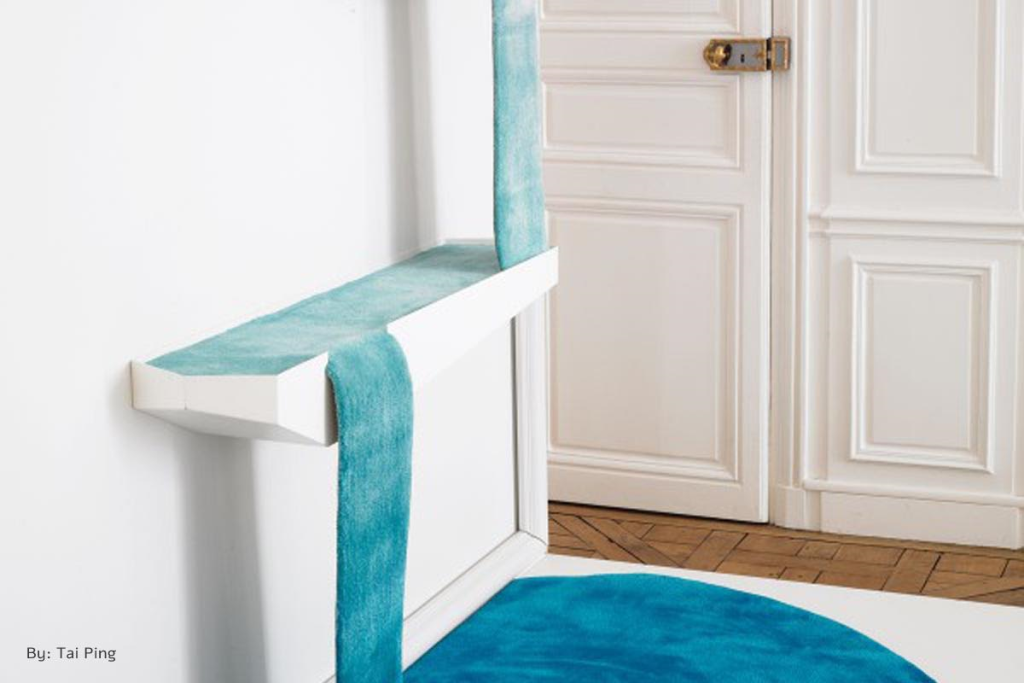
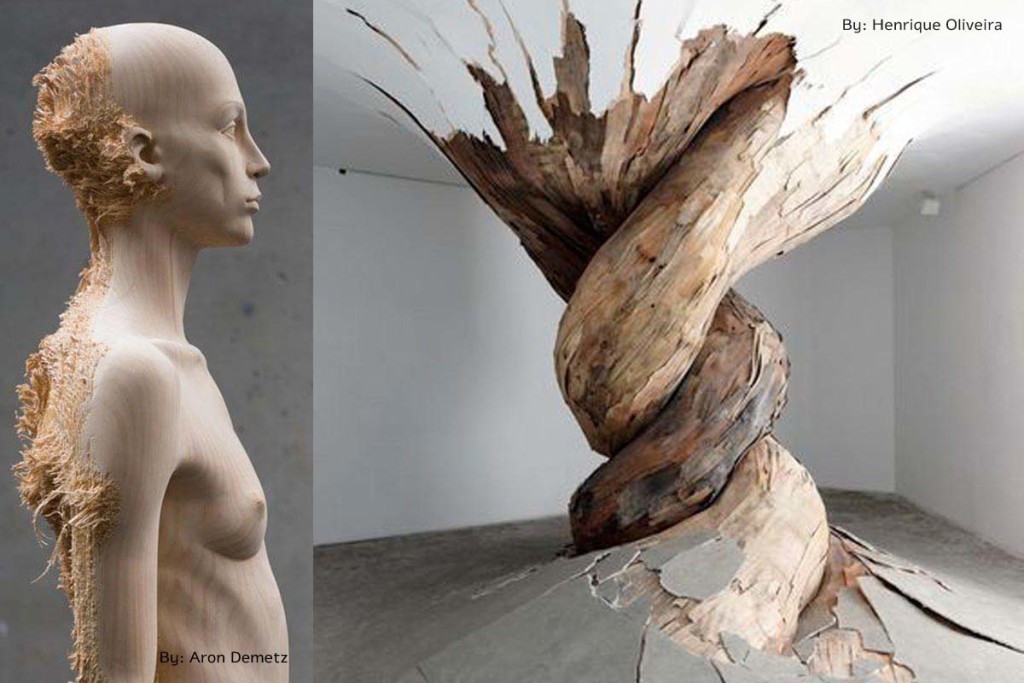
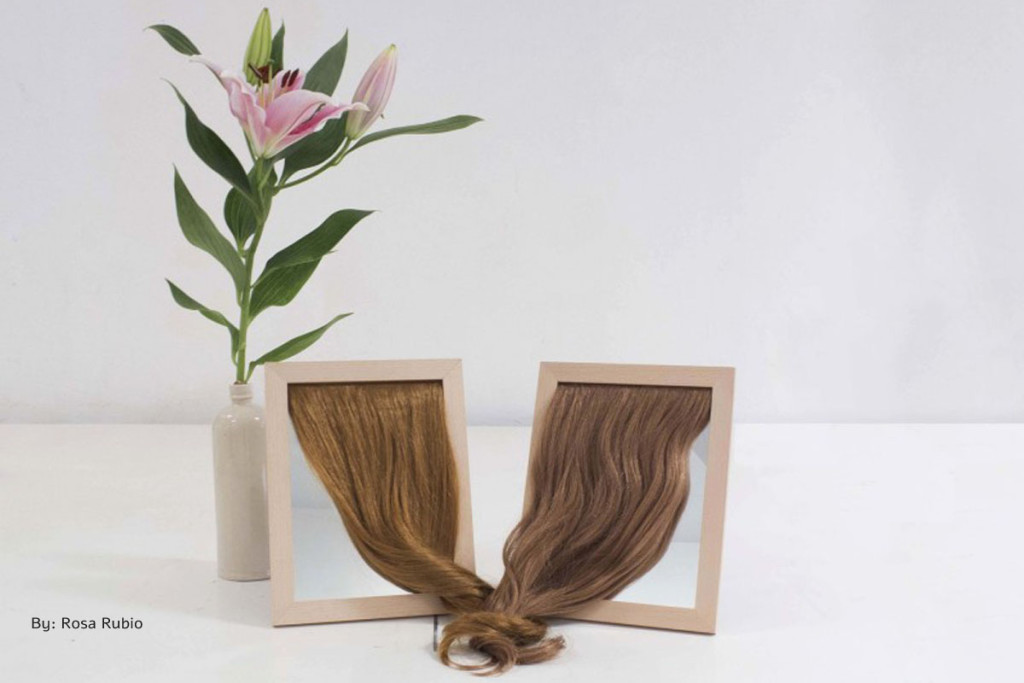
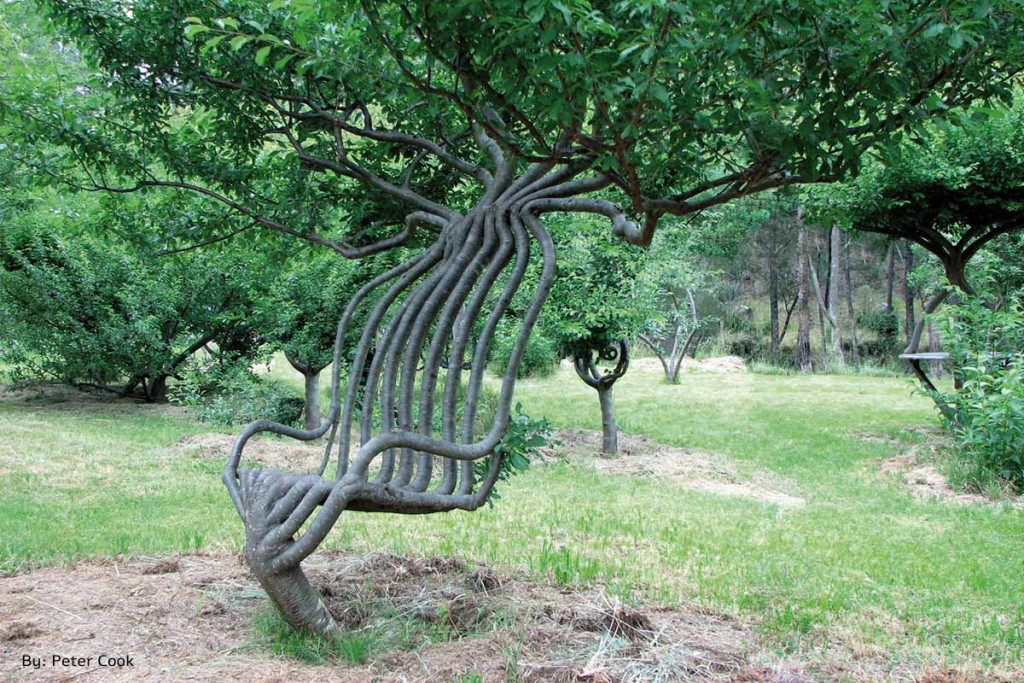
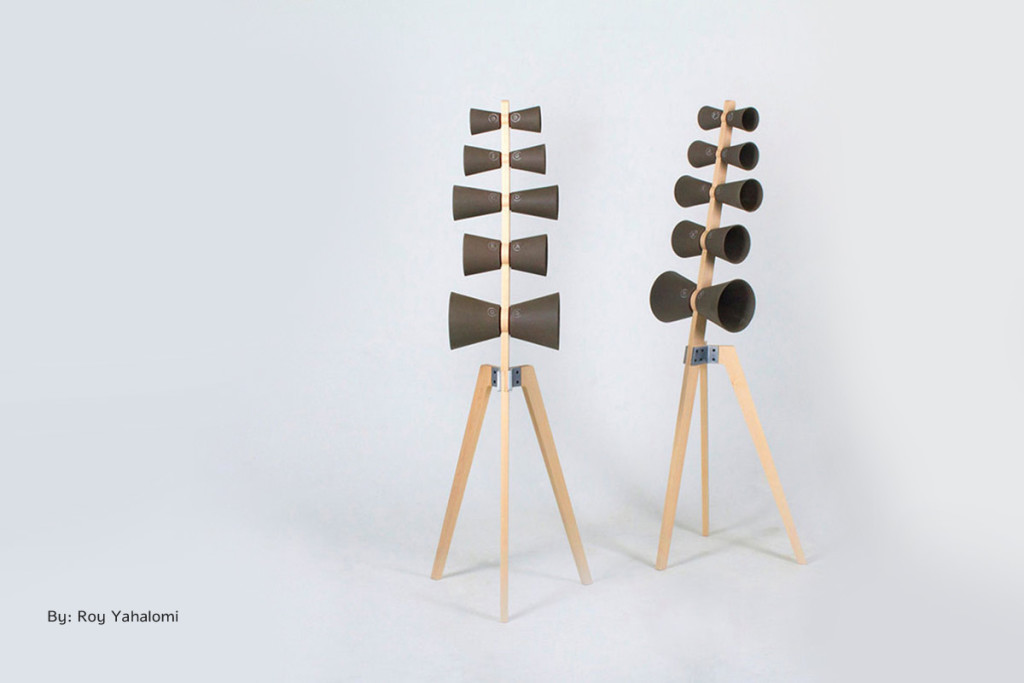
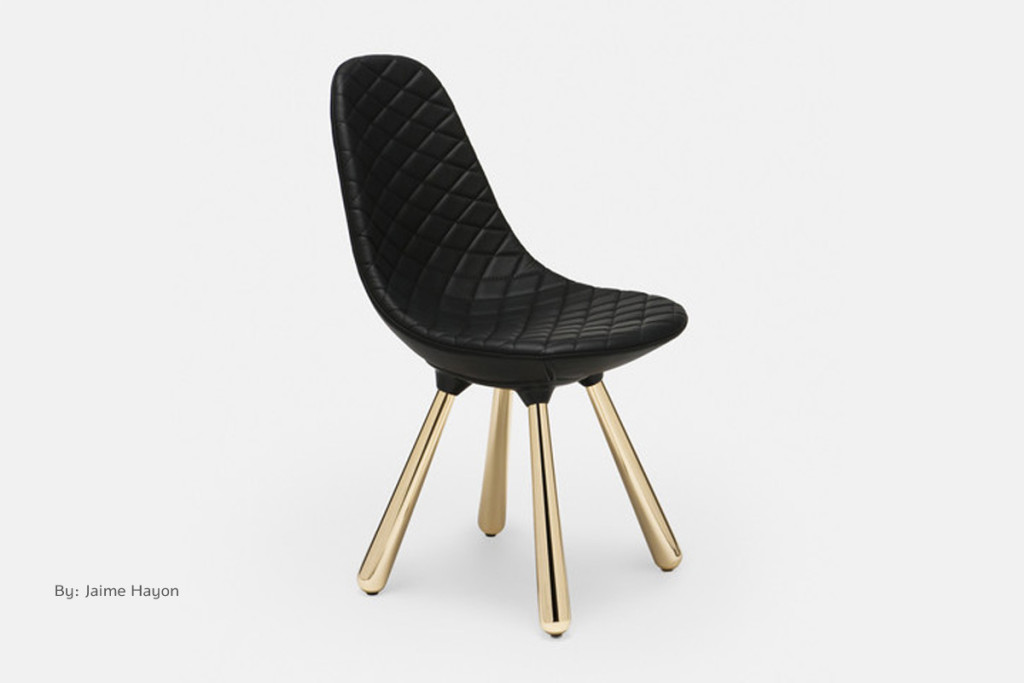


Leave a Reply
You must be logged in to post a comment.